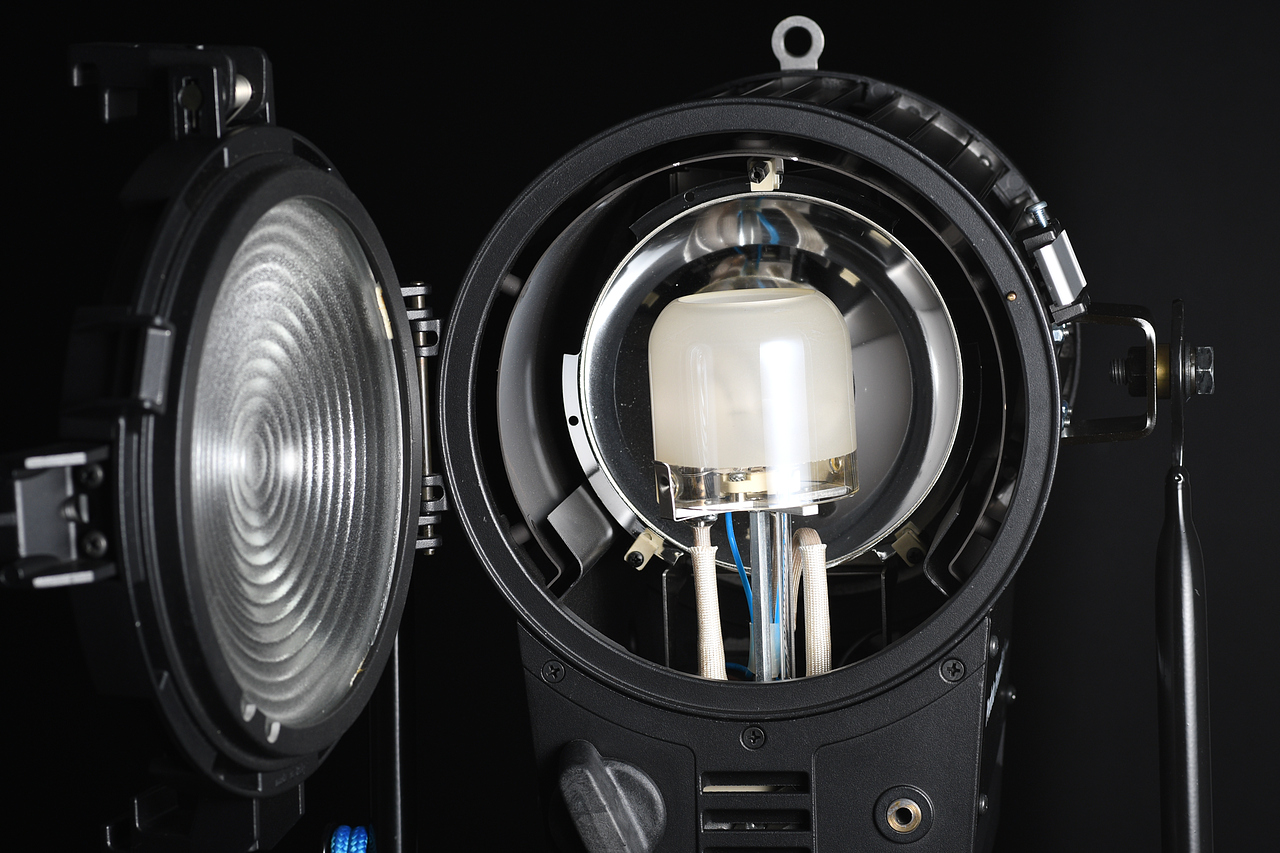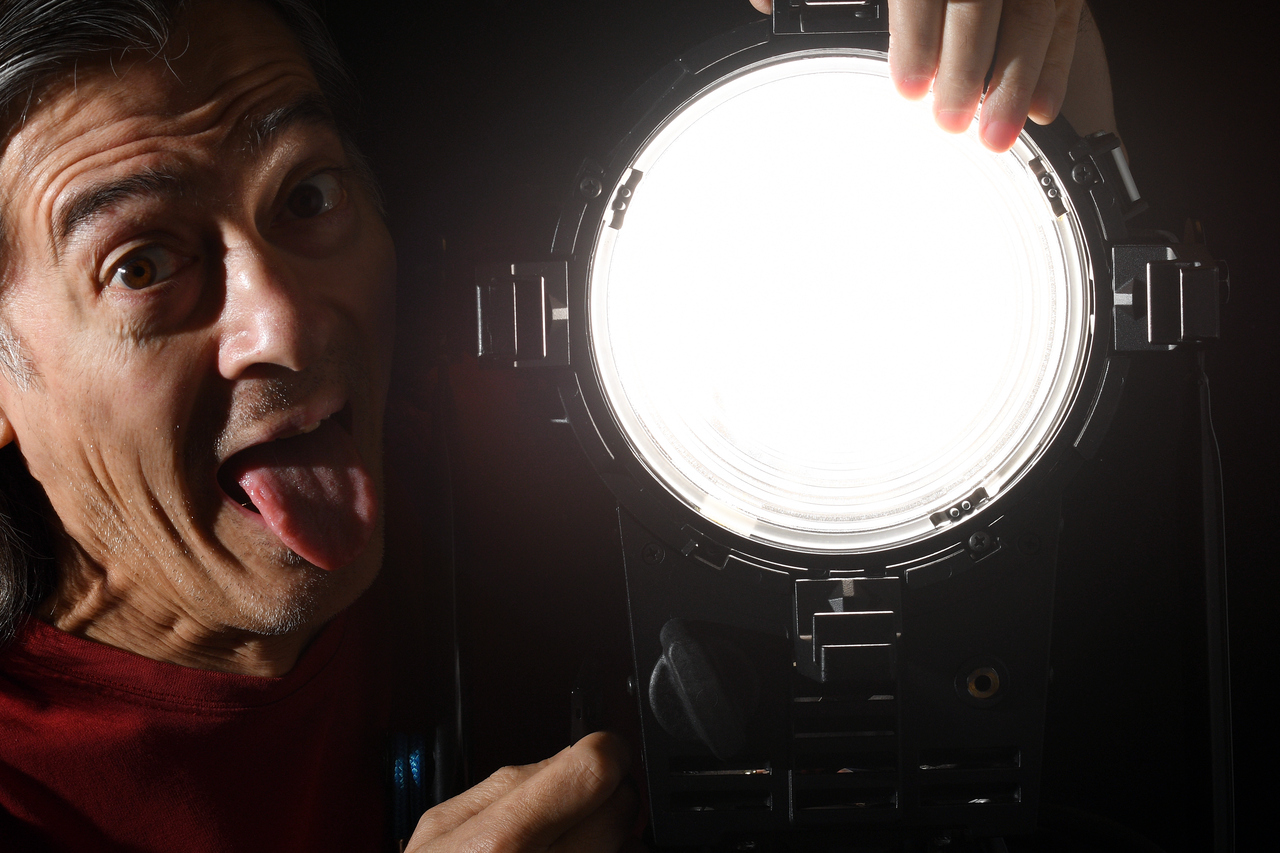In my photo class, got to use the large 30 cm 11.8" Profoto Fresnel modifier. Was very impressed. In addition to being able to focus the light into a small area, the light was a combination of hard and soft.
Theorizing: the physics of the lens gives it the spot focusing abilities, since the light is going through frosted glass, it is getting a little diffused and softened ? The hardness comes from the small size of the glass lens ? Is this accurate ?
I see small options for photo available, but nothing larger than 6". The lens on Profoto I used is 30cm or 11.8". For photo applications, how would an 8", 6", 4" fresnel compare ?
Theorizing: the physics of the lens gives it the spot focusing abilities, since the light is going through frosted glass, it is getting a little diffused and softened ? The hardness comes from the small size of the glass lens ? Is this accurate ?
I see small options for photo available, but nothing larger than 6". The lens on Profoto I used is 30cm or 11.8". For photo applications, how would an 8", 6", 4" fresnel compare ?
Last edited:



